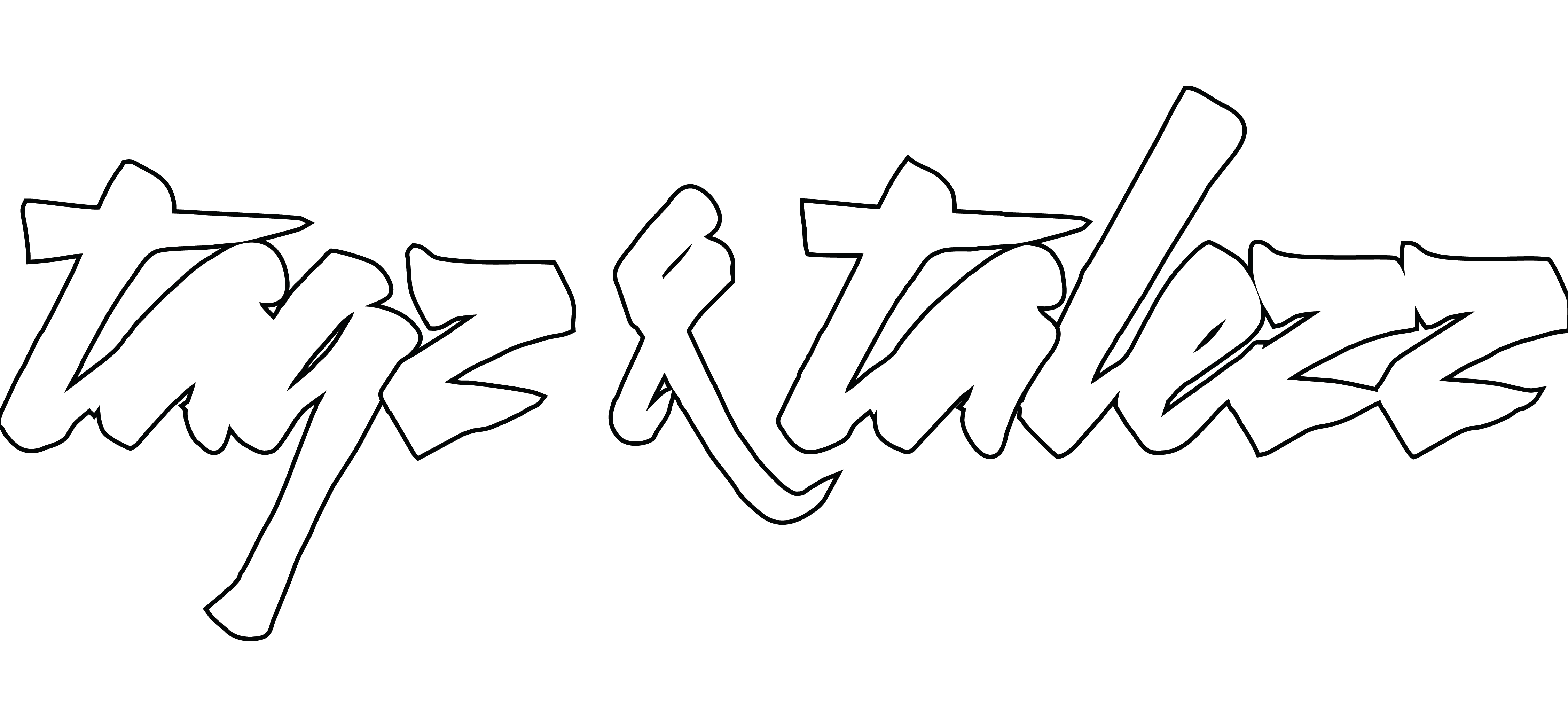
GENERATION GAP
TRADITIONAL V/S DIGITAL MARKETING AN IDEOLOGICAL CLASH BETWEEN THE NEW BLOOD AND THE OLDIES
What’s app! Follow me on twitter! Have you checked my new status on the facebook page? Selfie! are the buzzwords of today’s generation. In the Tech-age, the age of Information and Communication Technologies, whosoever is unaware of these terms is considered illiterate or outdated or from the “BC”. Well, pun intended!
Communication is very dynamic in nature. It has evolved from its nascent form in man led messaging to this day when people can communicate with a click of a button. Especially the mobile revolution took the country by a storm.
Once obsessed with mass media technologies, media planners, as well as advertisers, are finding new means and tools to reach their tech-savvy target audience. However, one can experience a deep sense of generation gap.
The marketing scenario of the day reminds me of the Bollywood movie “Kal Aaj Aur Kal” directed by Randhir Kapoor, starring Prithvi Raj Kapoor, Raj Kapoor and Randhir Kapoor. As the title suggests the film is a metaphor to the ideological clash between three generations: Kal (Grandparent), Aaj (Parent) and Kal (Youth). It perhaps defines the current situation of the marketing and communication industry, where the marketers are in a tug war (ideological clash) of traditional v/s digital forms of advertising. Where the new blood of advertising and marketing see the world from a significantly different perspective than that of the oldies.
In previous years before the 1960s, communication was more limited. For younger generations, the primary influence was their parents, their immediate family, their schoolmates and teachers, and their immediate neighbours, that’s all! However, in the present day, the influences grow larger with every passing decade. By the time children reach adulthood, they have already come into contact with countless ideas and cultures, shaping and influencing their way of thinking and looking at things. Thanks to easy accessibility to mobile and Internet.
A graphic designer could air a pretty static banner, but that was about it — file sizes had to be kept to a minimum because connection speeds were so slow. Pop-up advertising was also possible if the user’s growling desktop computer and whopping RAM could handle the trauma of another browser window opening. Life for online marketers was tough then; eye-catching, or attention-grabbing was easier with traditional methods and tried-and-true methods were what businesses trusted.
With the arrival of widespread Internet access, high-speed connections and an explosion in smartphone use the world of advertising has undergone a paradigm shift. On-the-move access has also anticipated for online marketers to tempt consumers into physical stores while they’re out and about. Over and about, it has spawned a whole host of innovative new ways to connect with, talk to and listen to consumers at a click. Resultantly, the big daddy’s are compelled to rethink on the ways they have been communicating with their target markets in this digital age.
In a recent report, eMarketer said, “Digital marketing is expected to overtake TV advertising in total dollar spending in 2017 for the first time, with recent and future growth fuelled mainly by mobile and video sectors.
The picture is less sunny for traditional advertising methods. Market share of radio, billboards, print advertisements and TV has been shrinking for years, and will continue to slip in an increasingly digital world.”
People are living big chunks of their lives online and we have enough experience to know they pay attention to advertising when they’re there, so it’s little wonder marketers are increasingly targeting their efforts to this sector.
Educators are engrossed in new means to use the updated technology in their classrooms. In an age when there are one billion users interconnected through facebook, this is one of the most powerful participatory media of communication.
That doesn’t mean “old school” marketing should be written off or it is no more or it is dead. It’s not like the whole population has stopped watching TV, listening to the radio or reading print media. Though the use of traditional media is declining, it’s still strong enough to make older forms of advertising relevant and attractive — especially to businesses targeting their products at the over-65s. It is still there and works in most of the parts of the globe and in India, where the Internet is still looked upon as luxury.
Stay connected to get updated on Digital Marketing.

